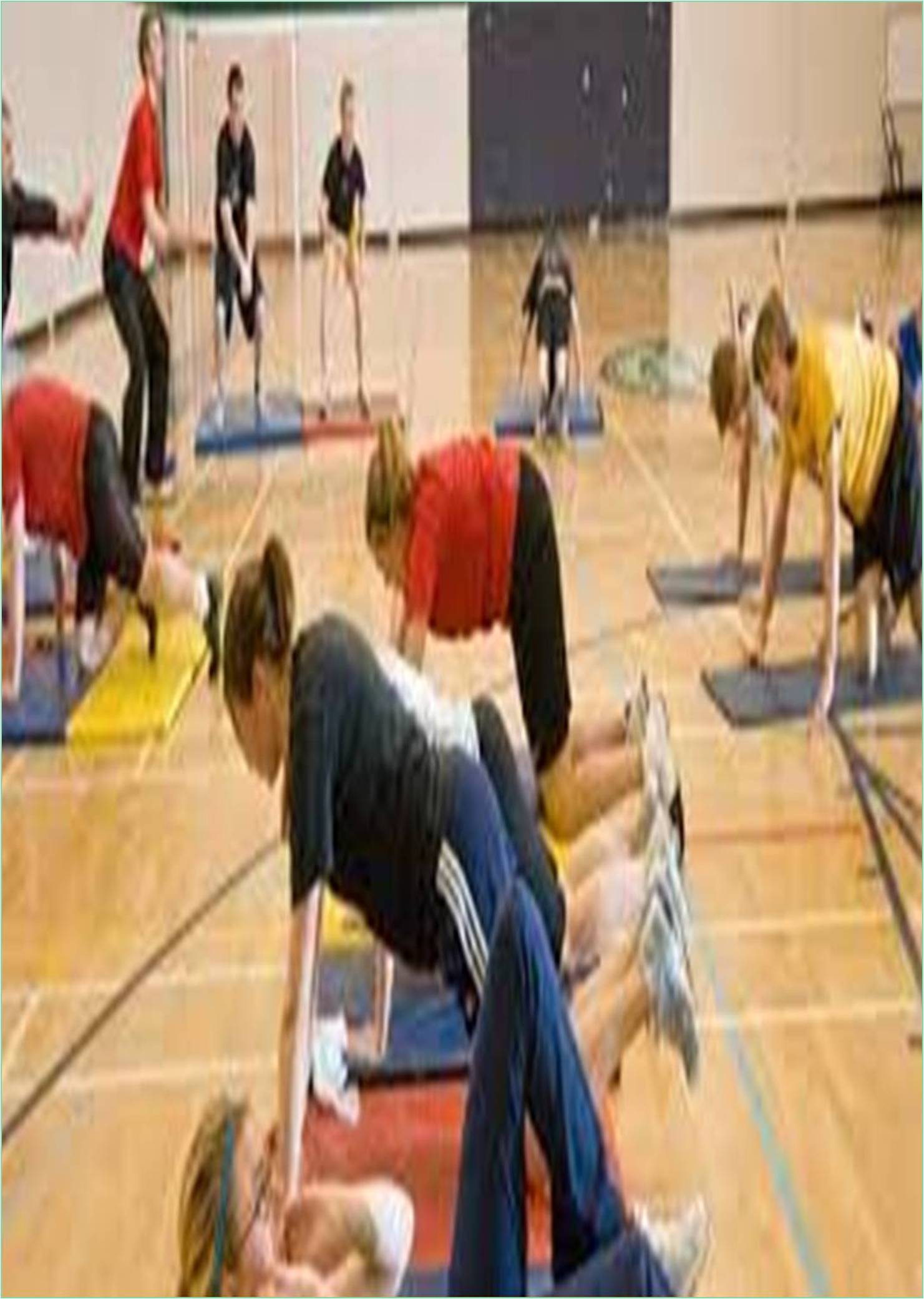



Received: 02-Aug-2022, Manuscript No. GJMPHE-22-73017; Editor assigned: 05-Aug-2022, Pre QC No. GJMPHE-22-73017(PQ); Reviewed: 19-Aug-2022, QC No. GJMPHE-22-73017; Revised: 26-Aug-2022, Manuscript No. GJMPHE-22-73017(R); Published: 02-Sep-2022, DOI: 10.15651/2449-1802.22.10.045
In order to evaluate and contrast preventive medicine and health promotion initiatives in three primary care model types includes solo practicing independent physicians, nurse-physician collaborations, and teamwork a crosssectional survey was carried out by Healthcare. In comparison to the Independent physician model, Teamwork and Collaboration models had higher rates of proactive appointment scheduling and medical education groups. Personal screening adherence, group facilitation training and occupation (nurses and dietitians) were found to be predictive of the use of preventive medicine and health education. For discussions on how to affect future generations' well-being to be effective it is essential to define and describe great school health education. There would be a wide range of answers if ten persons who are not involved directly in school health looks at perceptions of what high-quality school health education would entail. These reactions, however, would probably range and include words like "discuss about health topics," "understanding and "growing the abilities to be healthy" among several others. Depending on how someone has personally experienced health education, how they regard it can differ tremendously. The value of school-based health education and the potential of a model like to create educational partnerships may not be appreciated by those who received health education in which they mainly solved healthy word crossword puzzles. Health education is described as any combination of structured learning experiences utilizing evidence-based techniques hypotheses that provide the chance to acquire information, emotions and skills necessary to adopt and sustain healthy behaviours in the area. It would be really difficult for to try and ascertain that school health educators are capable of offering the education required to satisfy the criterion of a quality program through an assessment. However, having a generally recognized expectation or the new norm regarding what should be happening during school health part of the equation to enhance student success to reduce education is crucial if school health education is to be a health-related requirements and to develop health literate people. School health leaders from the Society for Public Health Education (SOPHE) have created two assessment tools to help school districts determine if they are meeting the qualities of a great program. Success in school health education is frequently gauged by changes in the knowledge, attitudes and occasionally behaviours (or behavioral intentions) of the students taking part in a programme. Schools frequently examine knowledge change with the hope that it would eventually lead to behaviours and practices that will improve one's health. Unfortunately, information alone may not always lead to improvements in health behaviour. For colleges and universities that measure or monitor health-related behaviours. A widely accepted operational definition of success in school health education is required. What programme success means for students, schools and the profession must be established in order to develop and evaluate successful school health education programme. The methods used this achievement must be practical not subjecting the health educator to demands that are unreasonable compared to those placed on educators in other topics. The core causes of academic issues (poverty, housing instability and food insecurity) risk factors that have an impact on health and Social- Emotional Learning and Development (SEDL) which are significantly linked to academic achievement are not investigated. When statistics are gathered they are frequently not used to create programs and policies. The ability to connect health education. Curricula for health education are variables to the students' ages, intelligence levels, and interests. They could involve issues with psychological health, bodily functions and the senses, nutrition, family life, alcohol, drugs, and tobacco, safety and first aid, personal and consumer health, diseases (chronic and communicable), environmental health, ageing, and mortality, among other health-related issues. Numerous topics make up each of these worries. Personal health, for instance, includes things like dental treatment, hygiene, meditation, sleep, physical conditioning, and other things.